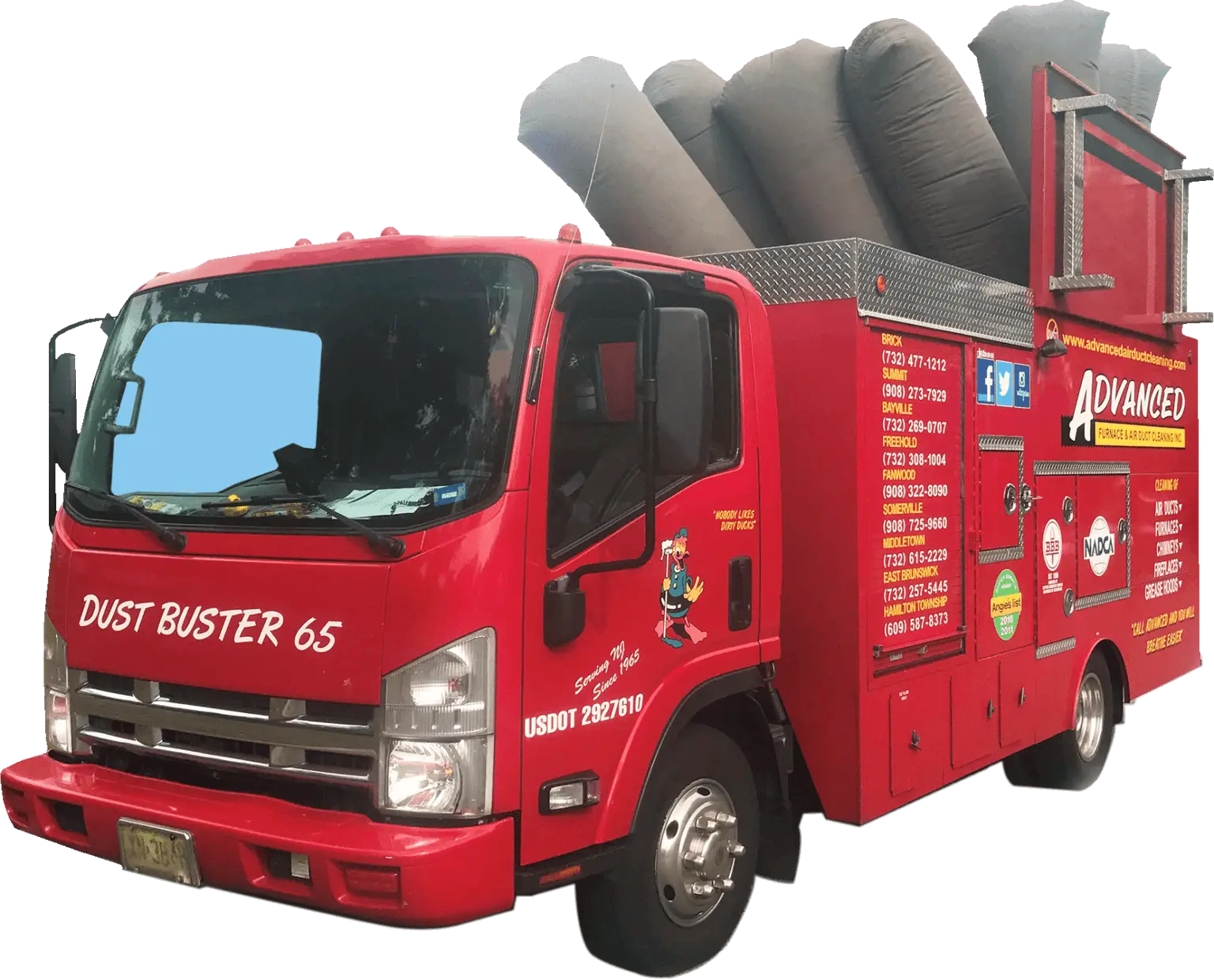There are a few factors that impact airflow in your ductwork but the larger question is, why does it matter?
There are 6 major items we look at when discussing airflow:
1. Size of your air ducts
The smaller your air ducts the more restricted your airflow. Very simply stated, small spaces leave less room for air to flow freely and efficiently. Small air ducts are frequently found in the majority of older homes as air ducts were originally constructed mostly for the passage of heat. In today’s world, most homes now utilize ductwork for both heating and cooling; thus, we are asking our ductwork to support more airflow through the same originally constructed small space. As a result, there is not enough space for sufficient airflow.
2. Size of your a/c coils
A/C coils create what we call back pressure. Back pressure is created when we force airflow through small tight spaces. As A/C coils become more efficient for cooling, the spacing between the coils becomes tighter and smaller in size; causing an increase in backpressure. Additionally, small tight spaces are a perfect environment for dust, dirt, and debris to build at a faster rate. Clogged a/c coils further contribute to reduction in space resulting in increased backpressure or decreased airflow.
3. Type of ductwork
• Sheet metal external lined ductwork is smooth and allows for easy airflow
• Sheet metal internally lined fiberglass ductwork is rough in texture prohibiting air to flow freely. This rough texture causes dust and debris to build up at a faster rate, thus further restring airflow
• Flexible ductwork does not allow for as efficient airflow as sheet metal ductwork and is often misused i.e. utilized for long runs in a home. Due to its flexibility, this type of ductwork often becomes condensed or ‘squished’ between beams and floors of a home resulting in decreased airflow
4. Length of ductwork
The longer the ductwork run (or length of the ductwork), the less airflow pressure present. Often HVAC contractors will shrink ductwork to increase pressure; however, shrinking ductwork decreases the size of the ductwork resulting in a decrease in air volume.
5. Settling of your home
Like anything with age, things evolve and change and so does your home. As your home settles, ductwork regardless of the type becomes condensed over time restricting airflow.
6. Dirty air ducts
Dirty air ducts occur when particulates from our home environment build up in our ductwork. Dust, dirt, debris, pet dander, pollen, mold, dust mites, etc. are prime examples of particulates that build up in our ductwork deceasing volume and size resulting in decreased pressure and airflow.
So why is restricted airflow a problem?
Restricted airflow means your home is taking longer to heat and/or cool. This results in an increase of your electric, gas or oil bill as well as causes your heating/cooling system to run at longer intervals. Running your system at longer intervals increases the wear and tear on your system and decreases its life span. Therefore, getting your air ducts cleaned on a routine basis, every 3-5 years as recommend by the National Air Duct Cleaning Association, will help keep your airflow flowing freely.
Call Advanced Furnace and Air Duct Cleaning at 1-877-4-FRESHAIR to help ensure free flowing air!

